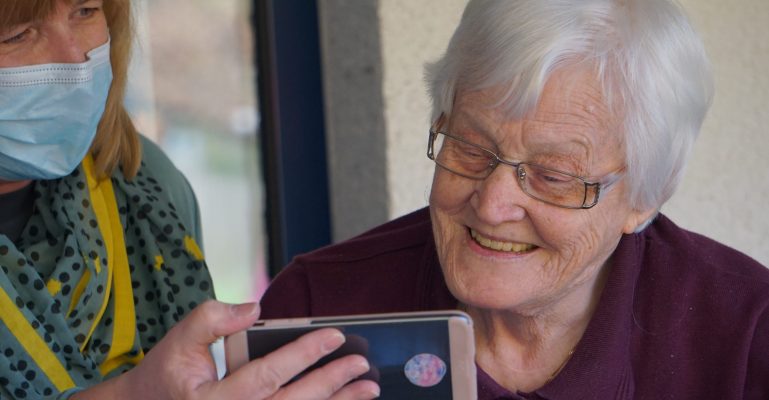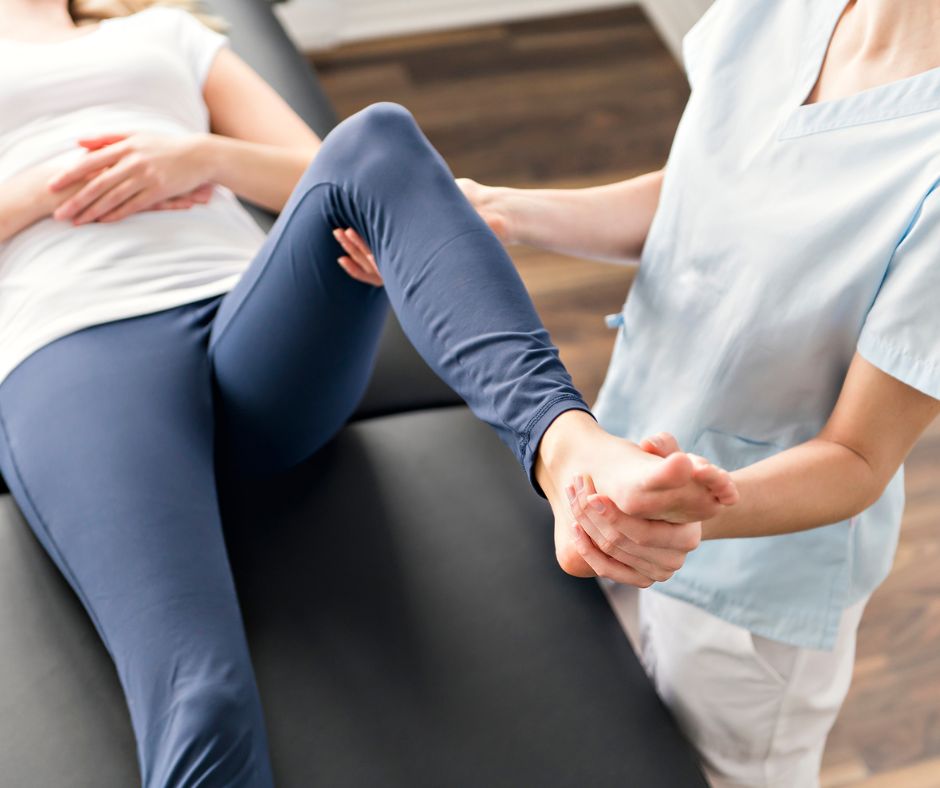6 Things You Should Know About Independent Living
If you are getting ready for retirement or already there, you may be thinking about making a change to your current living arrangement. Moving to an independent senior living community could be one option you’re considering, and if so you may have a few questions. That makes sense since this is such a major transition, and that’s why NewGait presents this list of common questions and answers about independent living.
What Does Independent Living Really Mean?
Reading “independent living” may conjure up images of nursing homes. In reality, independent living is far from assisted living or skilled nursing home care. This term covers all sorts of living options for older adults, including retirement communities, co-ops, and senior apartments. Care is not provided for residents but there are amenities and features to make their lives easier. So really, independent living can preserve your independence and your quality of life in retirement.
What are the C0sts of Independent Living?

Since independent living can refer to so many different senior living arrangements, it only makes sense that costs vary. On average, seniors pay anywhere from $1,500 per month to $6,000 per month to live in a retirement or other independent living community. Keep in mind that this amount may also cover utilities and amenities, Which can make it a pretty good deal for seniors.
When you’re ready to start looking for independent living or nursing homes, depending on your needs, sites like SeniorCare can help you locate a facility that’s within your budget. You can search based on your zip code and look at different facilities based on their ratings. It’s a good idea to have a loved one help you out with this process, as they may think of questions or concerns that don’t immediately come to mind.
How Do Seniors Pay for Independent Living?
In terms of paying these monthly fees, you can look at it as you would buying or renting a home in any other situation. This is how most communities work, and you will likely need to use your own income to cover costs associated with living there. Selling your home can help with costs and you can always do a little research into the local housing market before reaching out to a real estate professional. That way, you will have a better idea of the sort of price and timeline you can expect.
What About Seniors Living on a Fixed Income?
There’s no question that a $1,500 to $6,000 monthly expense can be overwhelming for many senior citizens. However, one aging study found that half of all seniors living alone do not have the income needed to cover routine living expenses. If you are living on a fixed income, you can see if there are government-funded senior housing options in your area. You can also look into different local organizations that assist underserved populations.
Are there Other Resources Available for Seniors?

According to the National Institute on Aging, isolation is a serious public health problem for older adults and seniors. Isolation can of course have negative mental health impacts, but there are physical health effects as well. You may be looking into independent living because you are trying to avoid loneliness, and making the transition can certainly help. If, however, you prefer to stay in your current home, you can look into additional community programs for seniors.
When is it Time to Consider Assisted Living Instead?
If you are looking for more company or amenities to make your golden years more comfortable then independent living may be the right choice for you. However, if you are having trouble managing daily tasks, like getting dressed, taking medications, and making your own meals, an assisted living community may be a better fit. These activities are known as ADLs and can be challenging for many older adults. Assisted living can also be appropriate for health conditions.
Moving homes is always a major transition, regardless of your age. Even so, making a move to independent living is not the same as transitioning into assisted living. You have so many more options and making this move can help you make the most of your golden years. You can sell your home and/or use your retirement income to help with independent living costs, but there may also be government or community programs available. Explore all your options, and don’t make a decision until you’re absolutely ready to do so.













